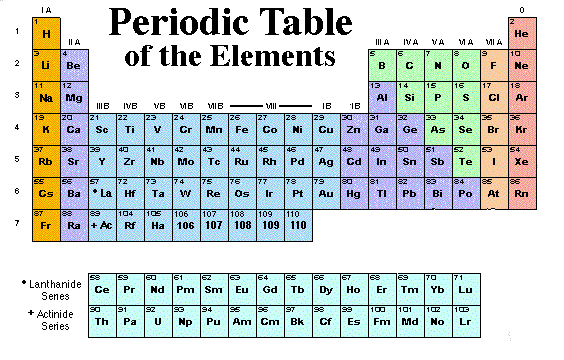Cleaning up oil spills and metal contaminates in a low-impact,
sustainable and inexpensive manner remains a challenge for companies and
governments globally.
But a group of researchers at UW–Madison is examining alternative
materials that can be modified to absorb oil and chemicals.
If further
developed, the technology may offer a cheaper and “greener” method to
absorb oil and heavy metals from water and other surfaces.
 |
| A small sample of the aerogel is stirred into a container of water tainted with red-dyed diesel fuel. |




















